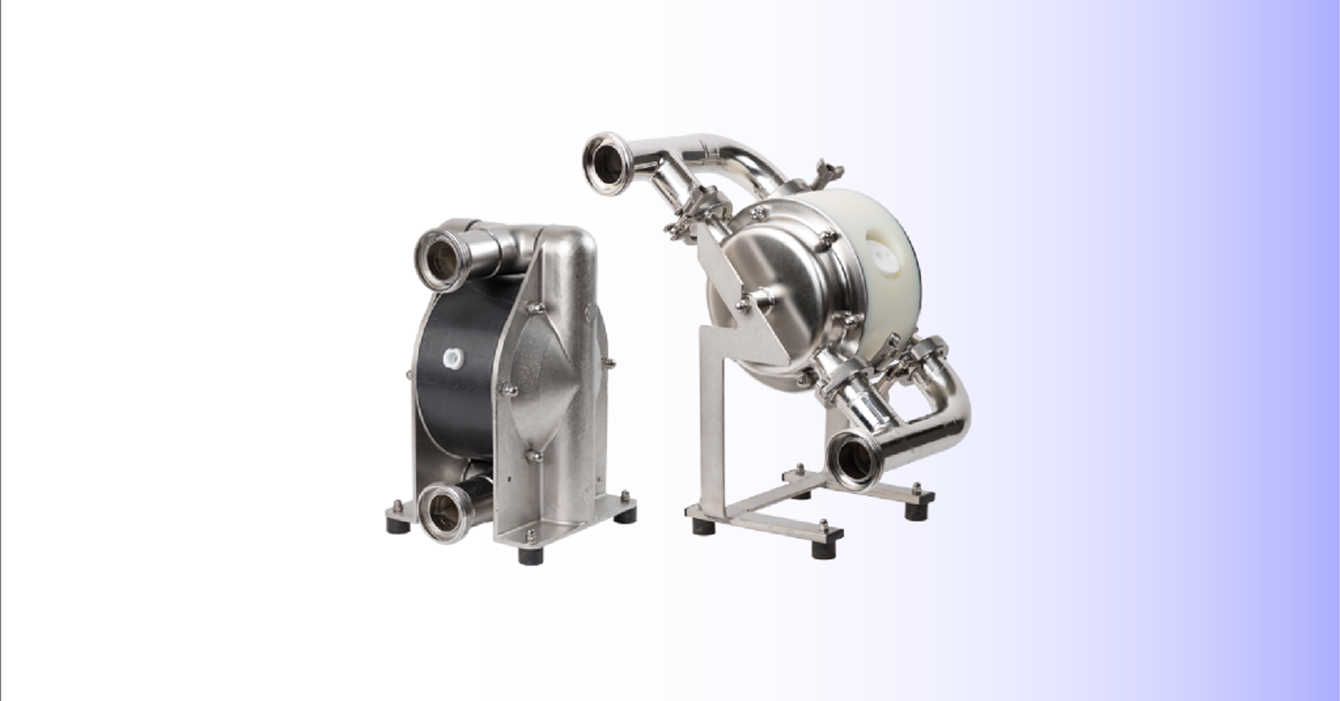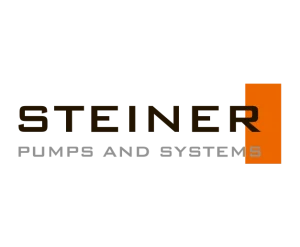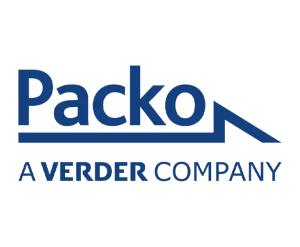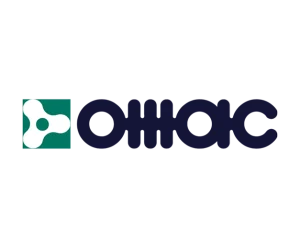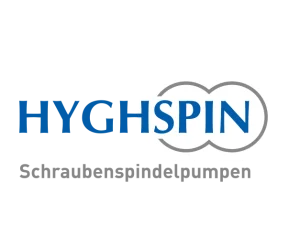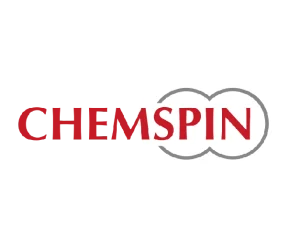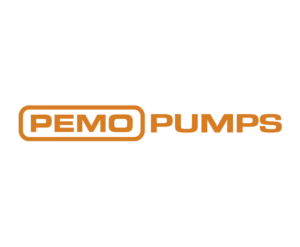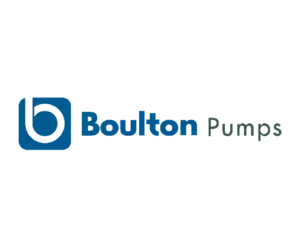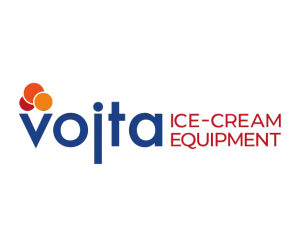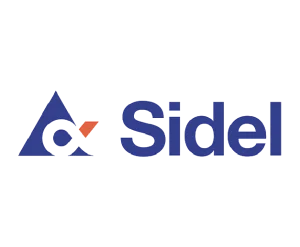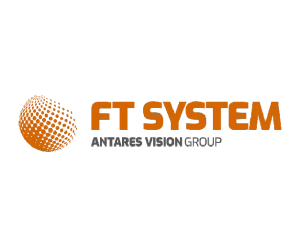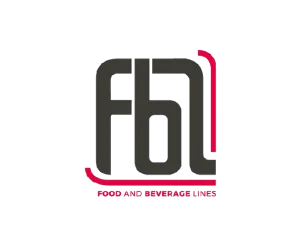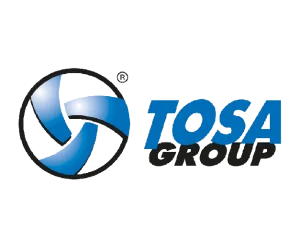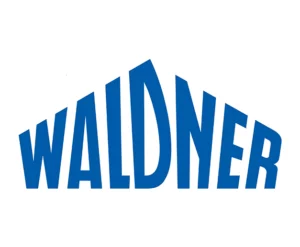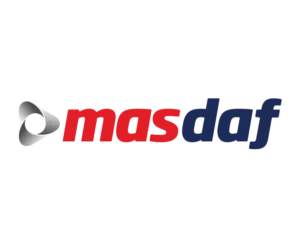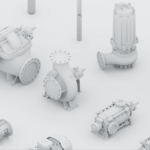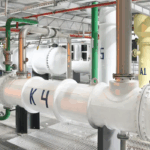Application of diaphragm pumps
- Food industry. Diaphragm pumps are widely used in food production due to their ability to pump liquids of varying viscosity while maintaining their structure and properties.
- Pharmaceutical industry. They are used to transport liquids in compliance with strict hygienic requirements.
- Chemical industry. Diaphragm pumps are widely used for pumping aggressive chemicals due to their chemical resistance.
- Cosmetics industry. The ability to handle thick and delicate products makes diaphragm pumps ideal for cosmetic production.
- Oil and gas and petrochemical industries. They are used to transport liquids in difficult conditions.
- Construction and material processing. Diaphragm pumps work effectively with thick mixtures and abrasive materials.
- Water treatment and wastewater treatment. Diaphragm pumps are indispensable in water treatment systems due to their ability to handle aggressive and contaminated liquids.
- Mining industry. Diaphragm pumps are used to transport thick and abrasive media.
- Pulp and paper industry. Suitable for handling thick slurries and chemicals used in paper production.
- Energy. Diaphragm pumps ensure precise dosing and transportation of liquids in the energy sector.
- Paint and varnish industry. Diaphragm pumps ensure precision and safety, which is especially important in the paint and varnish industry, where toxic or flammable substances are often handled.
The use of diaphragm pumps in CIP (Clean-In-Place) washing systems
Diaphragm pumps are often used in CIP systems due to their ability to handle a variety of cleaning solutions, chemicals, and hot liquids.
- Pumping cleaning solutions: Alkalis, acids.
- Dosage of disinfectants: Chlorine-containing preparations or hydrogen peroxide for sterilization of equipment.
- Transporting rinse water between cleaning cycles.
- Working with hot liquids: Hot cleaning solutions with temperatures up to 90°C.
Advantages of diaphragm pumps over other types
- Capable of pumping aggressive and abrasive liquids
Diaphragm pumps are made of materials that are resistant to chemicals and mechanical stress, such as PTFE or EPDM. This allows you to work effectively with acids, alkalis, slurries and other aggressive media without damaging the equipment. - High tightness and no leaks
Thanks to their design without rotating parts, diaphragm pumps are completely hermetically sealed. This makes them ideal for use in safety-critical applications such as the food, pharmaceutical and chemical industries. - Can be used in explosive atmospheres
Compressed air diaphragm pumps have no electric motors, which eliminates the risk of sparks. This ensures safe operation in areas with a high risk of explosions, such as when pumping flammable or highly combustible liquids. - Ability to work “dry” without damage
Unlike many other types of pumps, diaphragm pumps are able to operate without liquid for a certain period of time without causing damage to pump parts. This is important in industries where product supply may be interrupted. - Capable of pumping liquids with high viscosity and solid particles
Diaphragm pumps can effectively handle thick liquids such as resins, paints, slurries, and media containing solid particles due to their design features and wide working channels.
These advantages make diaphragm pumps an indispensable choice for specific production environments where other types of pumps may be less efficient or insufficiently reliable.
How to choose a diaphragm pump: key points
When choosing a diaphragm pump, pay attention to the following:
- Fluid characteristics: viscosity, chemical composition, abrasiveness, temperature.
- Productivity: the volume of fluid pumped per unit time.
- Working pressure: maximum inlet and outlet pressure.
- Membrane and housing material: resistance to the effects of the working environment.
- Operating conditions: explosion hazard, the need to work “dry”.
- Power supply: pneumatic or electric.
